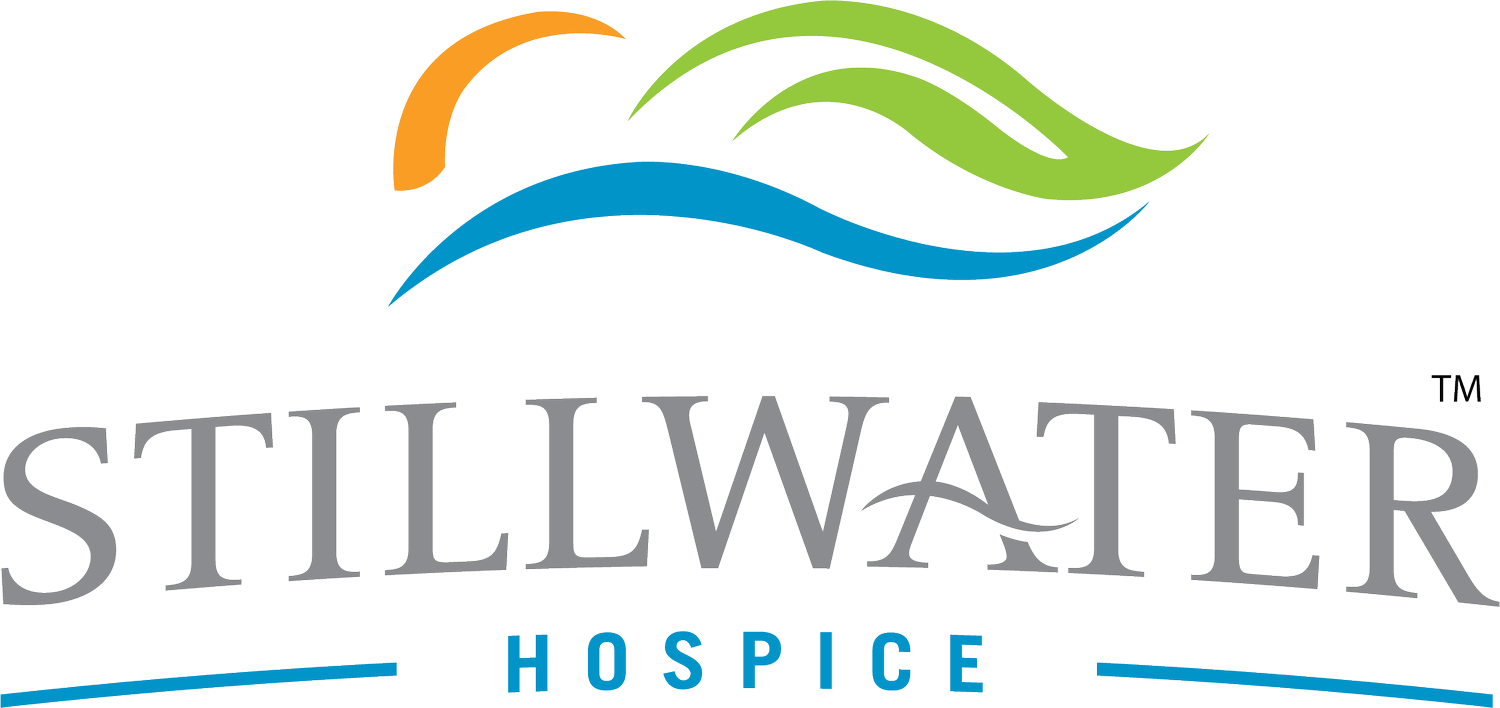Top 10 Hospice Myths Exposed
Myth #1: Hospice is a physical location.
Hospice is not a place. It is a conception of care. When a patient requires hospice care, "home" is defined wherever we provide our service; a private hospital, residence, nursing home, or assisted living facility.
Myth #2: After six months, hospice patients can no longer receive services.
When individuals become a patient of Stillwater Hospice, they will continue to receive services for as long as required and appropriate. We will not discontinue services unless determined no longer necessary or the patient elects to stop care. When a patient reaches this conclusion, a revocation form is signed.
Myth #3: Hospice care is limited to people with cancer or those who are incapacitated or severely ill.
It is true; many hospice patients do have cancer. However, Stillwater Hospice also serves terminally ill patients with other chronic and progressive diseases; of all ages. Thus, even with a severe prognosis, our patients can enjoy a resemblance of the life they knew before their diagnoses, mainly if they seek hospice care in the early stages of their illness.
Myth #4: Hospice care is costly.
Hospice care is less costly than care rendered in a conventional therapeutic setting. Additionally, Medicare, Medicaid, and most other insurances cover the cost of hospice care.
Myth #5: Hospice is for patients who do not require intensive care.
End-of-life care is highly complex. The Stillwater Hospice interdisciplinary team includes specially trained physicians, nurses, therapists, and chaplains to provide comprehensive medical care. Other trained professionals and volunteers augment our team by providing a full range of support services, which supports the entire family.
Myth #6: Hospice patients are obligated to have a "Do Not Resuscitate" status before admission.
Stillwater Hospice acknowledges and respects the end-of-life choices of our patients and families. Therefore, we do not require a "Do Not Resuscitate" status for admission.
Myth #7: Hospice demands family members administer care to patients.
In many instances, Stillwater Hospice staff guides family members to assist in caring for their loved ones. However, in cases where the patient lives alone or family members cannot assist with care, our team is on board to help the patient through their transition.
Myth #8: Hospice comes in when nothing more can be done.
When a cure is no longer an alternative, hospice can significantly manage symptoms and administer care, comfort, and support. The hospice interdisciplinary team comprises nurses, physicians, hospice aides, social workers, chaplains, bereavement counselors, and trained volunteers. Team members attend patients and families wherever they call home and are available for support and care around the clock.
Myth #9: Hospice only serves to benefit the patient.
Hospice focuses on providing compassion, dignity, and emotional support to the patient and their loved ones. Quality of life for all concerned is our most prominent priority. We are with you and alongside you each step of the way.
Myth #10: Once you go to hospice, there is no turning back
Hospice patients always have the right to revert to medical care that focuses on curing their disease at any time and for any reason. If a condition improves or the disease moves into remission, a patient can be released from hospice and go back to aggressive, curative measures. If a discharged patient wants to return to hospice care later, Medicare, Medicaid, and most private insurance companies will permit readmission.
These misconceptions are just a few of the many concerning hospice care. Nevertheless, our multidisciplinary team is competent in honestly discussing end-of-life choices and can establish plans to meet patients' needs and requests.
Stillwater Hospice is committed to serving the needs of its patients, families, caregivers, health providers, partners, and communities.
Discover more details and information about hospice care.


